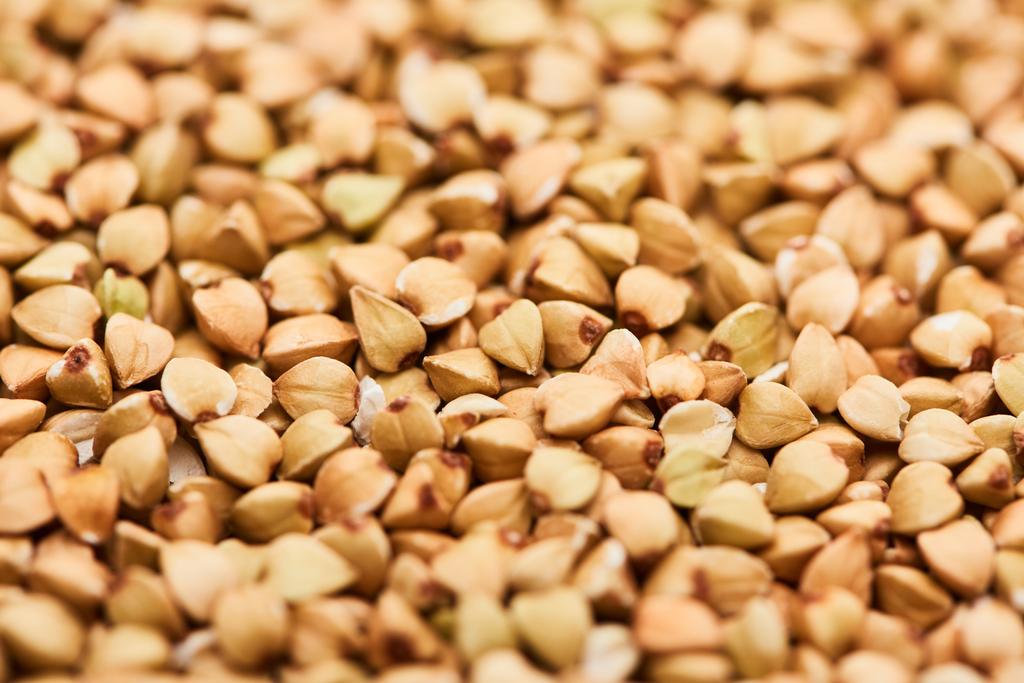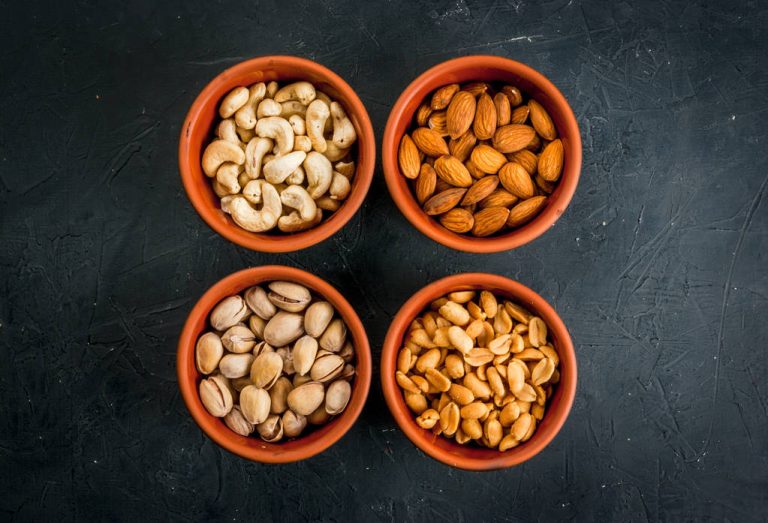Phytic acid is found in whole grains, seeds, legumes and nuts. We explain what you should know about the effects of phytic acid.
Phytic acid is a phytochemical found primarily in protein-rich plant foods. According to the consumer advice center, you will find the ingredient mainly in the following products:
whole grains
Pseudo-cereals, for example buckwheat
seeds
legumes
nuts
Phytic acid is said to reduce the absorption of other nutrients in the body. That is why it is also called an antinutrient.

Phytic acid – an “antinutrient”
According to the health portal, phytic acid can form bonds with many minerals and trace elements, for example with iron or zinc. Such compounds that are formed during digestion are called phytates.
For example, rolled oats contain phytic acid and iron. When you digest oatmeal, the iron binds to the phytic acid, making it harder for the body to access.
However, the above foods not only contain phytic acid, but also an enzyme called phytase. When this enzyme is activated, it breaks down phytic acid, making more micronutrients available to the body.
Avoid whole grains because of phytic acid?
So is phytic acid good or bad? And is whole grain really that healthy?
According to the consumer center and the specialist portals, you don’t have to worry about nutrient deficiencies if you eat a balanced diet. Because how well the body can absorb nutrients from a food depends not only on the phytic acid content, but also on other ingredients. In addition, whole grain not only contains more phytic acid than white flour, but also more vitamins, minerals and trace elements.

